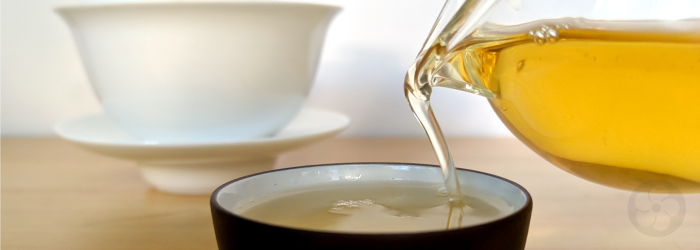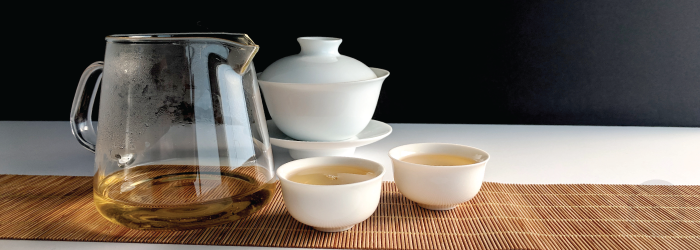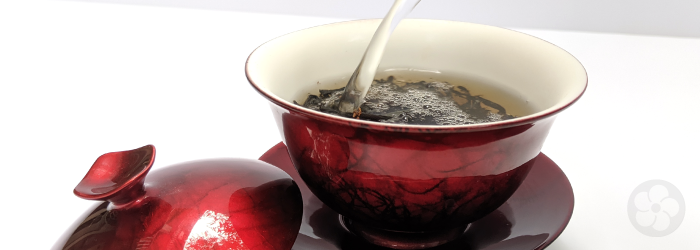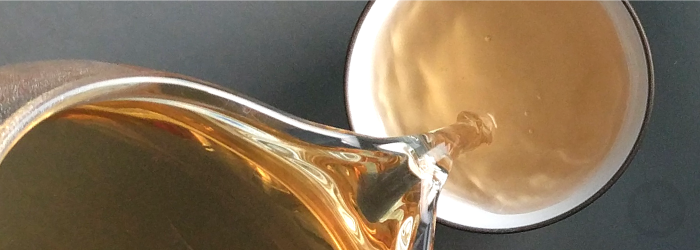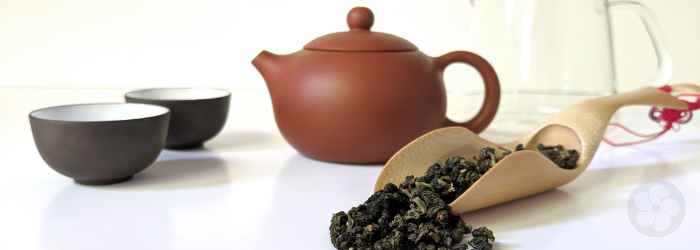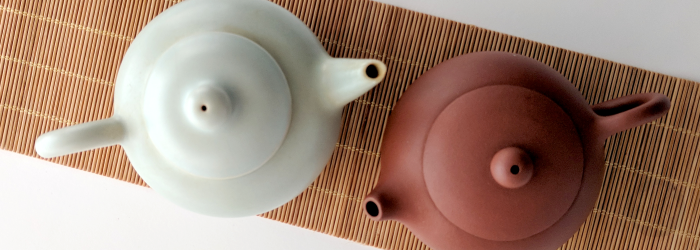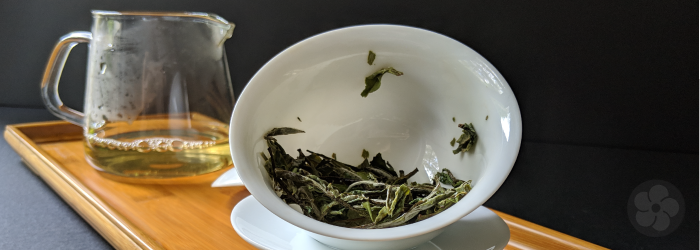Despite a reputation as a formalized ‘tea ceremony’, there are many variations of the traditional gong fu cha brewing method. Most demonstrations utilize showy displays of rinsing and pouring to create drama, using a large tray to capture excess water during the brewing process. The elaborate setup, however, necessitating several pieces of teaware and a specialized tray, can be a barrier for beginners hoping to brew this way at home.
Find step-by-step instructions for brewing gong fu cha >>
The current trend, however, is a modern interpretation called ‘dry brewing’, which minimizes the amount of spillage as much as possible, and usually replaces the draining tray with a large bowl to collect excess rinse water. At first sight, this method may seem more approachable, but brewing with such precision actually requires more skill and specialized equipment.
Continue reading



